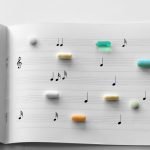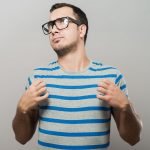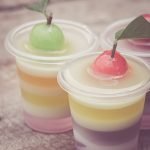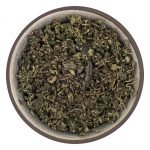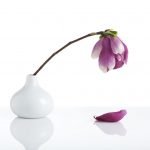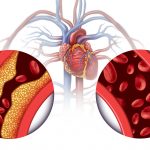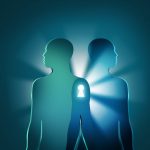Georges Canguilhem: One Important Vitalist We Rarely Hear About
Education
David J. Schleich, PhD
When I was in graduate school studying literature and philosophy, I was drawn to the work of Bergson, Whitehead, and Deleuze. Later, though, I came across the work of Georges Canguilhem, a seminal theorist in our era about vitalism. I was especially taken by Canguilhem’s contention that the life sciences are not reducible, ever, to the physical sciences. He wrote a pioneering essay in the field of vitalism, over 70 years ago, called “Machine and Organism” (Canguilhem, 2008, [1952]), in which he declared that technology is really a sub-field of biology. Imagine that point of view back before the information age. It was wonderful to discover that this philosophical position was embedded in the very tenets, literature, and practices of naturopathic medicine which had become the core of my professional life.
In addition to Canguilhem’s writing, I liked the key notions of the time about vitalism, but was especially intrigued by what Thomas Osborne (2016) labels as “pathic vitalism” (ie, that we are subject to “sub-normativity,” that is, to disease, as well as being gifted with an unrelenting yearning for life). However, I found other scholars, such as Michel Foucault (1989), who on occasion shrugged off Canguilhem’s vitalism as being sort of skeptical. Before I even met my first naturopathic physician, I was influenced by Foucault’s sobering commentary, and also by Monica Greco’s admonition (1998) that we had best be ready to face the fact that vitalism will always be challenged and constantly shunted to obscure corners in medical literature. Nonetheless, Greco has a robust presence in that very literature, focusing on forms of knowledge in medicine and psychiatry. She and others observe that life is more than mechanistic.
Challenges to Naturopathic Vitalism
About 500 new naturopathic students who began their 4-year program(s) in September reckon that we are more than biology too. They clearly know a lot more about the vital force, qi, ki, prana, and mana than I did at their age. Many have told me over the years that they came to our programs because of that awareness. They got it that mechanism doesn’t explain the whole enchilada about the inherent capacity of living beings to grow, develop, and heal. Symptoms and diseases mean something different to them than to most biomedicine students, and so they chose a different path. These days, Osborne and others encourage us to understand the “normativity of the living organism” and to see vitalism as “affirmative” and “celebratory” (Osborne, 2016). They are not retreating away from vitalism, slammed irretrievably by the “reductive principles of erstwhile mechanism” (Osborne, 2016). Or, so we hope.
At a recent gathering of naturopathic doctors, some naturopathic elders suggest that these mostly young millennials are philosophically different from the students who were attracted to the country’s single naturopathic program at NCNM almost a half-century ago. By and large, those students in 1978 reportedly eschewed the reductionism/mechanistic mindset more overtly than do current students, respecting to a greater degree a non-material vital force. One elder of the profession declared that if those students from back in the 70s – now elders of the profession – had been worried that Friedrich Wohler’s 1828 synthesized urea experiment (as described in more detail in Kinne-Saffran’s 1999 article) as an early distant warning sign of the demise of vitalism was going to shift the profession’s roots, their passion for advancing naturopathy did not falter. He went on to explain that those students from 4 decades and more ago were significantly grounded in their enthusiasm for the vitalistic hypothesis of the functioning of living cells. Nevertheless, as we close in on the third decade of a new century, the challenges to naturopathic vitalism, chiropractic “vertebral subluxation complexes,” the qi of energy therapies such as acupuncture, reiki, shiatsu, and others, and – for a long time now –homeopathy as well, are sharper and perhaps more unrelenting.
Vitalism & the TCA Cycle
The curricular record shows that those late 1970s naturopathic students also knew about Wöhler’s work (1828), as well as about Krebs and Henseleit’s work (1932) conducted a century later. Wöhler, intrigued by the chemical consequences of isomerism, synthesized an organic compound from 2 inorganic molecules. Krebs and Henseleit made sense of what we now know as the TCA cycle (tricarboxylic acid cycle) by showing how its mechanism included the ornithine cycle, the urea cycle restricted to living cells. Probably Krebs and Henseleit did not have philosophy on their minds. Naturopathic doctors, even those who do not eschew the professional formation impacts and effects of integrative models these days, continue to be strongly rooted in vitalism and understand Krebs’ work in that context, believing passionately in what Osborne calls “the possibilities for a vitalism of generalized becoming and process across both living organisms and material ‘nature.’” (Osborne, 2016)
On this platform of vitalism, the origins of the medicine frequently embrace described principles and practices that persist into the present – but which remain under siege from without and, alas, increasingly from within – when one considers recent articles attacking homeopathy, for example. The naturopathic professional points at the pernicious toxicity of pharmaceuticals, sugar, certain fats, gluten, intestinal dysbiosis, and much more, and naturopathic treatments such as detoxification, hydrotherapy and balneotherapy, holistic nutrition, supplementation, and body work remain core to professional practice to address this “pathic dimension.” But within this shifting terrain there is a worrying trend. There is a consistent erosion of trust in vitalism which affects ongoing curriculum and influences therapeutic approach. Numerous elders of the profession are alarmed.
Thus, the work of Canguilhem can be relevant these days and warrants a seminar or 2 of attention, as early as in year 1, but especially in year 2 when the necessary, but frequently pernicious effects of biomedicine bump headlong into naturopathic curriculum, often without context or regard for the principles of naturopathy. What makes Canguilhem unique is that his starting point was predicated on biological facts, a kind of “disciplinary organicism” (Magnus, 2008). What makes Canguilhem’s work so useful for the naturopathic student is its optimism about how the “fending off” of the second law of thermodynamics is the whole point, given that all medical theories and practices cannot defeat its consequences. Yes, the “vital organization” of living systems atrophies and fails, Canguilhem says; however, pathic or not, the work of the naturopathic doctor is powerful in the affirmation and celebration of life, and in healing and perpetuation. Canguilhem calls this phenomenon of human life, “latitude of meaning” or “lability” (Le Blanc, 2002).
Pressures on Contemporary Curriculum
Contemporary naturopathic students understand scientific medicine as helpful in contending with the welter of hypotheses surrounding them every day in disciplines such as anatomy, pathology, biology, and physiology, to name a few, and the myriad other disciplines in contemporary academic medicine. Important to remember, of course, is that the naturopathic student of 2020, unlike his or her counterpart from 1970, now has access to information and clinical detail about quantum field dynamics (eg, nuclear medicine, radiology, imaging diagnostics). The rapidly advancing curriculum (in integrative medicine) calls on our students, as well as biomedicine students, to pay attention to what is new in the merging of physics with biochemistry. Thus, the motion-creating resonance of energy and matter is not anathema to the contemporary naturopathic student. Rather, a more substantial grounding in the theory and literature of “vitalism” can enhance and ensure the modern naturopathic doctor that the human biofield is very much about vitalism after all.
We have new lingo for all of this: ion flux, modulated cell function, and psychoneuroimmunology. The graduates of NCNM from the 1970s knew full well that the so-called weak electrical fields (EMF therapies) were paying attention to the vitalist dimensions of the life force, whether it was an ionic charge between 2 acupuncture points, or the subtle energy flows and transfers in Reiki, homeopathy, Qi Gong or, a bit later on, Polarity Therapy. As Ross points out (2019), students of medicine will pick up quickly on the overlapping nature of the chakra system with the endocrine system (root – adrenals; sacral – generatives; solar plexus – pancreas; heart – thymus; and so on), if only we show them. Canguilhem would have said, I think, that an emphasis on biochemical treatment over quantum/energy-based treatments has not benefitted from what Vitalism has taught us for millennia about the mental, emotional, and spiritual elements of living beings. Let’s tell our students more about Georges Canguilhem and the astonishing relevance of Vitalism in 2020.
References:
Canguilhem, G. (2008) [1952]. Knowledge of Life. Geroulanos, S., Ginsburg, D., translators. New York, NY: Fordham University Press.
Foucault, M. (1989). Introduction. In: Canguilhem, G. The normal and the pathological. New York, NY: Zone Books.
Greco, M. (1998). Illness as a Work of Thought: A Foucauldian Perspective on Psychosomatics. United Kingdom: Routledge.
Greco, M. (2005). On the vitality of vitalism. Theory, Culture and Society, 22(1), 15-27.
Kinne-Saffran, E., Kinne, R. K. (1999). Vitalism and synthesis of urea. Am J Nephrol, 19, 290-294.
Krebs, H. A., Henseleit, K. (1932). Studies on urea formation in the animal organism. Z Physiol Chem, 210, 33-66.
Le Blanc, G. (2002). Georges Canguilhem et la vie humaine. Paris, France: Presses Universitaires de France.
Magnus, R. (2008). Biosemiotics within and without biological holism: a semio-historical analysis. Biosemiotics, 1(3), 379-396.
Osborne, T. (2016). Vitalism as Pathos. Biosemiotics, 9, 185-205.
Ross, C. L. (2019). Energy Medicine: Current Status and Future Perspectives. Glob Adv Health Med, 8, 2164956119831221. doi: 10.1177/2164956119831221.
Wöhler, F. (1828). Über künstliche Bildung des Harnstoffs. Ann Phys Chem, 88(2), 253-256.
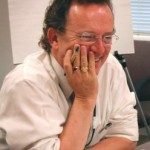 David J. Schleich, PhD, is President Emeritus of the National University of Natural Medicine (NUNM), where he served from 2007 to 2019; former president of Truestar Health; and former CEO and president of CCNM (1996 to 2003). Previous posts have included appointments as vice president academic of Niagara College, and administrative and teaching positions at St Lawrence College, Swinburne University (Australia) and the University of Alberta. His academic credentials have been earned from the University of Western Ontario (BA), the University of Alberta (MA), Queen’s University (BEd), and the University of Toronto (PhD).
David J. Schleich, PhD, is President Emeritus of the National University of Natural Medicine (NUNM), where he served from 2007 to 2019; former president of Truestar Health; and former CEO and president of CCNM (1996 to 2003). Previous posts have included appointments as vice president academic of Niagara College, and administrative and teaching positions at St Lawrence College, Swinburne University (Australia) and the University of Alberta. His academic credentials have been earned from the University of Western Ontario (BA), the University of Alberta (MA), Queen’s University (BEd), and the University of Toronto (PhD).


